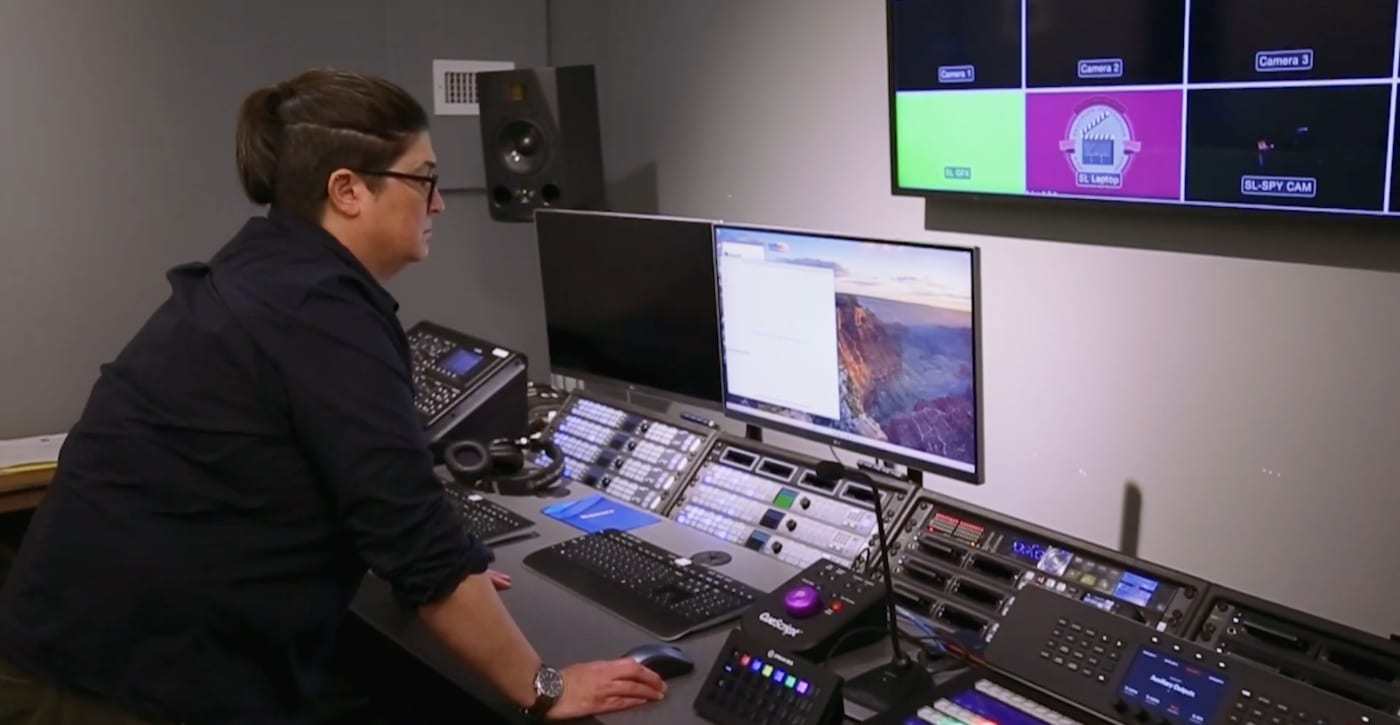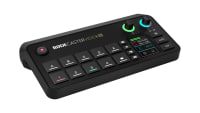Roll Tide: How the University of Alabama Upgraded its Massive Online Learning Production Studio With a Jellyfish R24 NAS
The Jellyfish R24 allows the university's staff of editors to quickly offload and simultaneously edit video files.
Wayne Grayson • Feb 22, 2024

With the rapid advance of online learning, more and more universities are beginning to operate more like production studios than the hallowed halls of old.
Take the University of Alabama for example. The university set a new enrollment record in the fall 2023 semester with just under 40,000 students. Many of those students—in addition to as many as 20,000 high school students from around the state of Alabama—are taking UA courses that are either completely online or incorporate online materials, including textbooks, exams, and video lectures.
Courses from each of UA’s 12 colleges and schools require online content and all of it is produced by the Creative Academic Media Services (CAMS) staff, part of the university’s Office of Teaching Innovation and Digital Education (OTIDE). With as many as 12 full-time editors juggling content for so many courses, and 30-40 projects running simultaneously at any given time in the year, the CAMS staff was looking for a central storage solution for its growing library of production assets.
Enter the Jellyfish R24, OWC’s most powerful Network Attached Storage (NAS) solution. The University of Alabama’s CAMS staff recently overhauled and upgraded their workflow with Jellyfish, giving them speed and flexibility their old system simply couldn’t match.
UA’s CAMS staff faces a unique challenge. They work closely with the designers of the university’s online courses to craft lectures and other content that is engaging while increasing retention and comprehension.
With two recording studios, two self-record suites, and extensive field gear for on-location shoots, CAMS producers and directors then work with UA faculty members to produce this content.
In the past, once content was filmed, producers would store the files on various SSDs, walking them around the CAMS office when it came time for a hand-off to another editor.
But with the Jellyfish R24 running, producers are now able to access this central server from the studio, offload the video from the camera, and by the time they get to their desk, the files are available for editing on the Jellyfish.
At UA, the Jellyfish R24 is supporting a varied environment of Mac computers in use by the editors alongside Dell Precision workstations and laptops in the recording studios.
“We’ve streamlined the workflow for our editors and made their lives easier,” says Michael Edge, the Mac Administrator for OTIDE.
Crucially, the Jellyfish R24 met the needs of the university and replaced a cumbersome system at just more than 10% of the price of that previous system.
Even when working over VPN, UA CAMS producers and editors are able to copy over a 5GB video file in as little as 10 seconds. And once a file is available on the Jellyfish, *all* of the CAMS editors can access it and edit from it simultaneously.
The Jellyfish R24 supports up to 432TB of storage capacity, giving the University of Alabama’s CAMS staff enough room to host live projects, archive finished projects, and still have multiple years’ worth of storage left—even if the production crew decide to up their video resolution from the current 1080p up to 4K.
In fact, the newfound flexibility of Jellyfish has UA’s CAMS staff considering opening up its services beyond online learning and to the whole university.
To learn more about how Jellyfish can improve your video team's workflow, click here.
Other topics you might like
The Latest Updates to Adobe Firefly and Premiere Bring Even More AI Features and Workflows
Updated on Jan 7, 2026
New OWC ThunderBlade X12 Doubles Capacity to 192TB of Thunderbolt 5 RAID Storage
Updated on Jan 5, 2026
Streamline All of Your Audio and Video Needs With the New RODECaster Video S
Updated on Jan 5, 2026
 USA + International
USA + International OWC Canda
OWC Canda OWC Europe
OWC Europe


